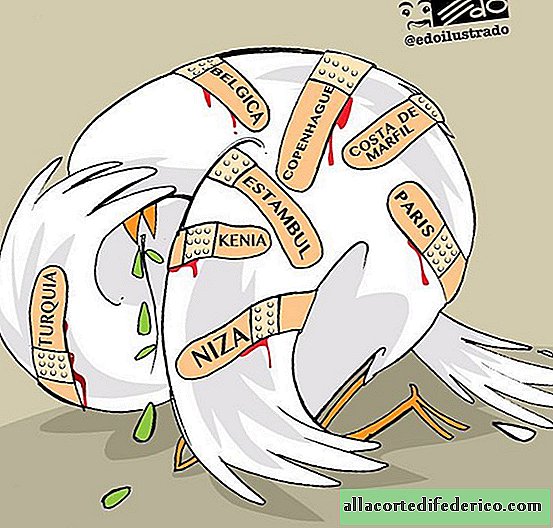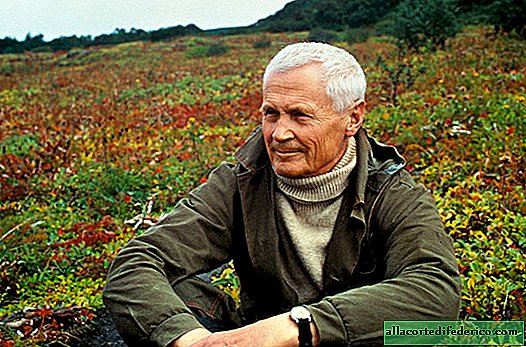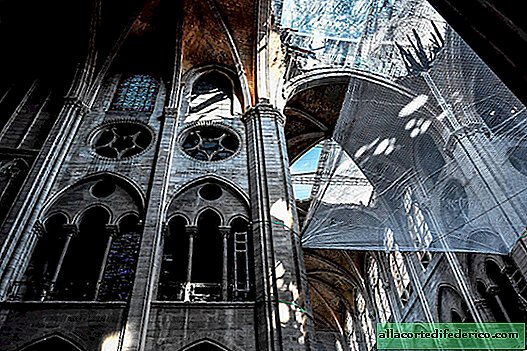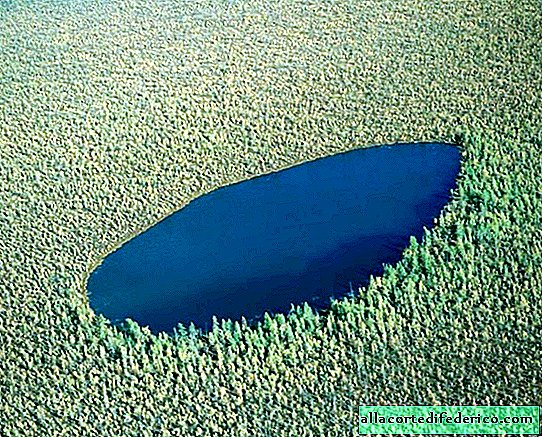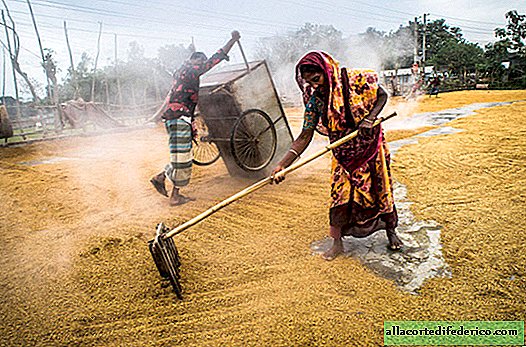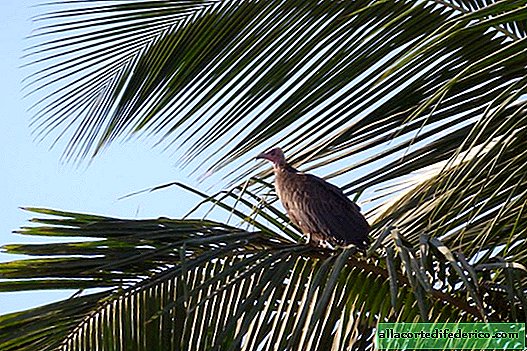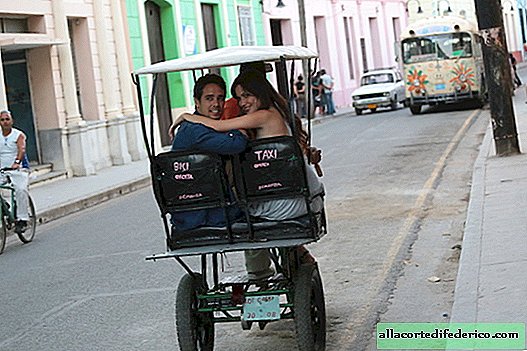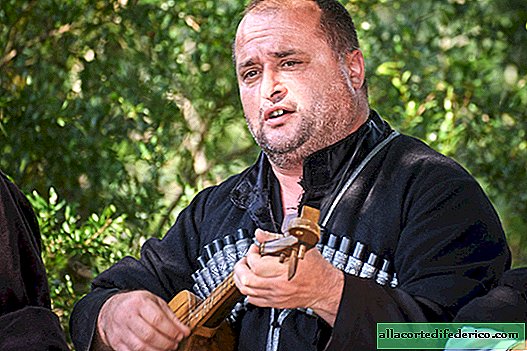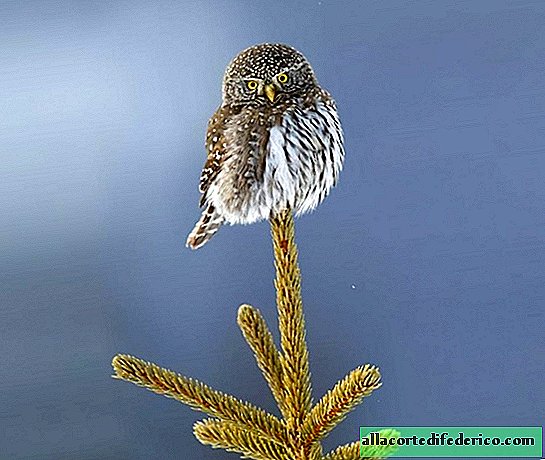The Amazon Selva turned out to be a fruit garden created by an ancient civilization
The Amazon Selva is a vast area of evergreen equatorial forests located in South America, in the Amazon. By the number of species of flora and fauna, this ecosystem is unparalleled. There are 16,000 species of trees alone. But, as it turned out, this is not a completely wild jungle.
Researchers working in the Amazonian forests analyzed the composition of plant communities and found one interesting detail. It turns out that the local forest is nothing but an ancient orchard, in which about 80 species of trees grow. And all these trees, bring edible nuts and fruits, which the inhabitants of these forests eat. By the way, the local population is not numerous, mainly these are small tribes of Indians engaged in gathering, hunting and farming. The life of people in the Amazon Selva is a constant confrontation with the forest. A shift system of agriculture is developed here, the principle of which is as follows: people clear the area from the jungle and use it for planting crops. For several years, the upper fertile layer of the earth is washed away by daily rains, and yields begin to fall. Then the Indians move on to the next section, and the abandoned field is again overgrown with forest. Moreover, in a humid and warm equatorial climate, the process of absorption of the former field takes about 15-20 years. With a relatively small population, this method of farming does not significantly harm the Amazonian ecosystem.
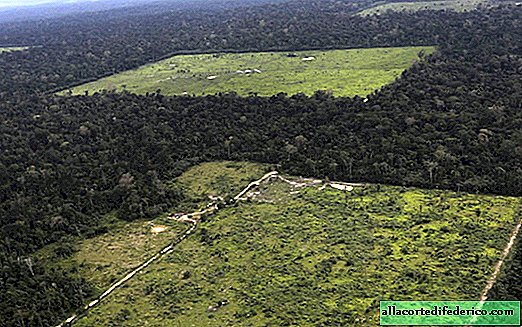 In the photo: cutting down the Amazonian selva
In the photo: cutting down the Amazonian selvaScientists believe that the mysterious civilization that existed in this jungle until the 15th century AD possessed approximately the same agricultural technologies, with the only difference being that people regulated the composition of trees and at the initial stage planted or left for reproduction only useful species that brought edible fruits . Thus, in their habitats a fruit garden was gradually formed, which, in a slightly overgrown form, has survived to this day, reproducing itself, like other forests of the Amazon.
But what was this civilization, and why did it disappear? Scientists believe that the native inhabitants of America lived here for a long time and it was a highly developed civilization. This is indicated by geoglyphs discovered in the Amazon basin - geometric or artistic drawings, usually large, applied to the surface of the earth. Since the 1970s, Brazil has been actively cutting down equatorial forests. People are clearing land for farming, mainly for pasture for livestock. In territories freed from forests, previously unknown geoglyphs began to be discovered. As in the case of the Nazca plateau geoglyphs, the Amazonian “drawings” were discovered from an airplane, and today there are already several hundred of them.
 In the photo: a geoglyph on the site of a former Amazonian selva
In the photo: a geoglyph on the site of a former Amazonian selvaA group of archaeologists from the University of Helsinki excavated around the Amazonian geoglyphs. The only artifacts that were found here are the remains of clay products. But they are not like other objects left by the famous civilizations of America. Therefore, archaeologists have suggested that this is a different, previously unknown culture.
According to preliminary estimates, the geoglyphs of Amazonia were created in the period from I to XIII centuries AD. They were dug in the ground, and while forests grew on this place, no one even suspected them. Ancient civilization did not leave behind any significant artifacts. These are only clay products and a recently found burial in the lower Amazon. But an excellent proof of the existence of this mysterious civilization is an unusual Amazonian selva that grows and renews, according to the brilliant idea of its disappeared creators.



